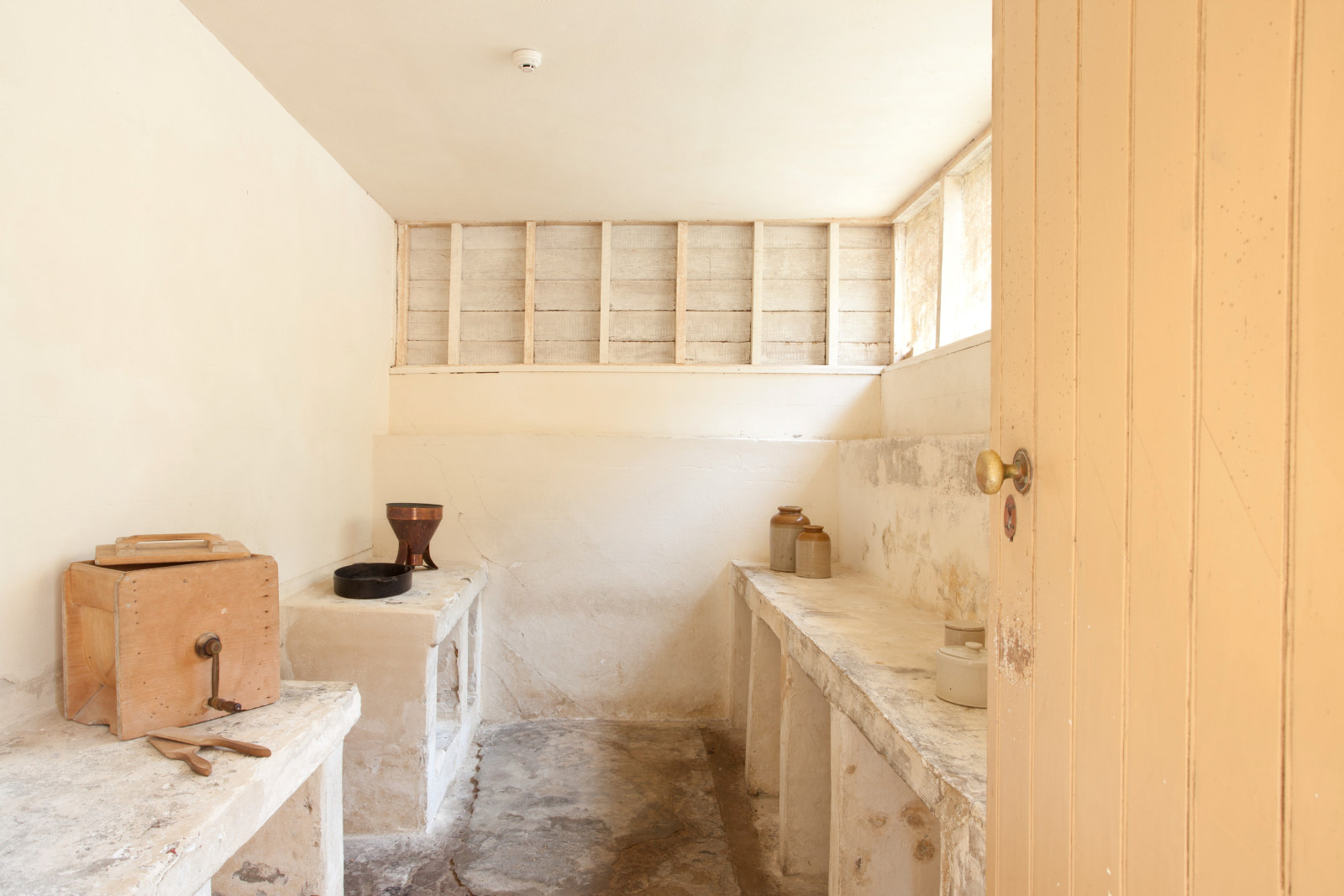Conservation in action: Vaucluse House waterfall, ponds and rill
The Vaucluse House Waterfall, Ponds and Rill Conservation Project will preserve the integrity and heritage significance of these important features of the estate. It was made possible by the generous support of the F&K De Angeli Foundation.
A significant but often overlooked feature of the Vaucluse House estate is the small stream, or rill, that flows through the centre of the property down to Vaucluse Bay. Historically, the rill and the ponds along its length provided water for the house and its laundry activities. The estate’s drainage system was altered in the 1920s to manage increased stormwater run-off, a consequence of the changing topography due to surrounding suburban development. Later, during the 1930s, the natural rill was formalised into a stone-lined channel as part of an employment relief scheme during the Great Depression.
The operation of the rill and ponds has been significantly affected by accumulated sediment from run-off and by excess vegetation growth, including self-seeded plants. Sediment reduces the water capacity of these waterways, while the vegetation displaces and damages the historic stonework. Together, these issues impede water movement through the property and affect the quality of water flowing into Vaucluse Bay. A detailed investigation, planning and design phase was undertaken to form a scope of works to rectify this issue. This included extensive consultation with hydraulic engineers, arborists, heritage architects and archaeologists.
The Waterfall, Ponds and Rill Conservation Project will involve:
- desilting the ponds and implementing silt control measures to ensure clean water discharge
- clearing overgrowth and self-seeded trees that are impacting the rill’s flow and structure
- repairing and restoring damaged stonework and stabilising the historic stone bridge piers
- enhancing stormwater management capacity
- improving the visitor experience near the waterfall and ponds.
Protection of the environment and the aquatic life is an important part of the project. Resident eels will be monitored, safely relocated during works, and returned afterwards. Any trees removed that have historical or landscape significance will be replanted with ‘like-for-like’ species in more appropriate locations or replaced with suitable native species, ensuring the ecological and historical integrity of this important site.
Ultimately, this project aims to improve water quality in the outflow to Vaucluse Bay, restore and conserve important historical elements such as the hydraulic function of the ponds and rill and their stone features, and enhance the estate’s resilience to climate change through improved stormwater management, while increasing visitor amenity.
Vaucluse House

Vaucluse House: preserving a grand harbourside estate
Located on the traditional Country of Gadigal and Birrabirragal people, Vaucluse House is a rare surviving 19th-century harbourside estate that retains much of its original setting, including its grounds and harbour frontage
Published on
Related

Conservation
Conservation in action: Vaucluse House ancillary buildings remediation
Museums of History NSW (MHNSW) is currently undertaking essential conservation works on the 1830s former store, laundry and water tank at Vaucluse House

The coolest room in the house
What practical techniques can we learn from historical building design to minimise heat and energy consumption in our homes today?

Conservation
Conservation in action: the Vaucluse House turrets
The conservation of the 1830s stone turrets on the west side of Vaucluse House is an impressive example of the continuing use of traditional craftsmanship and local materials

Stabilising the stone archway at Vaucluse House
In 2020 a team of specialists undertook a delicate and complicated operation to rescue a significant 1830s stone archway from an invasive climbing plant